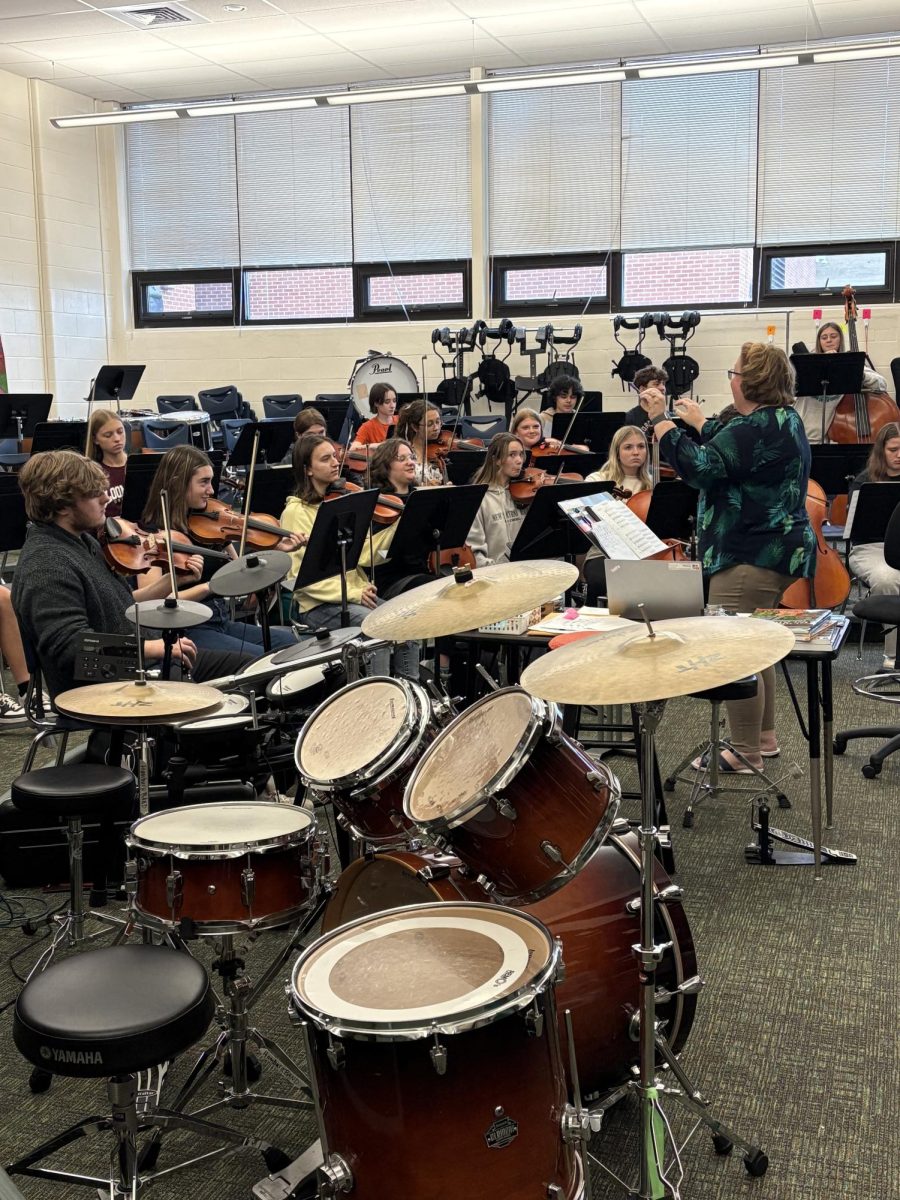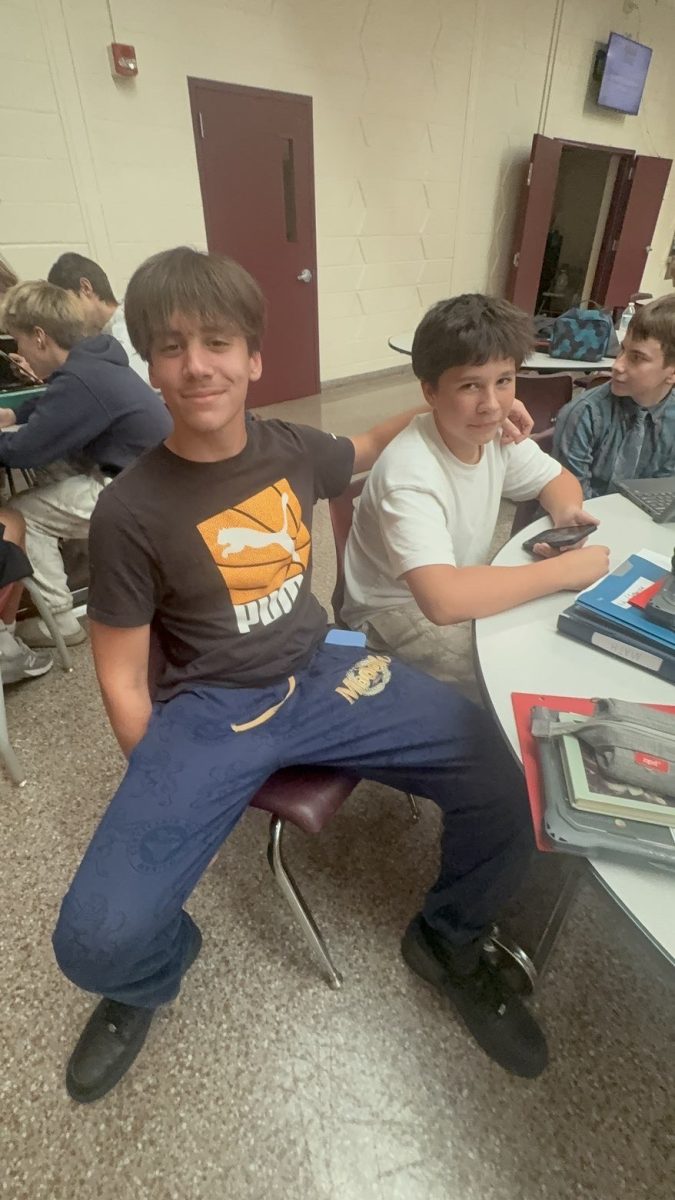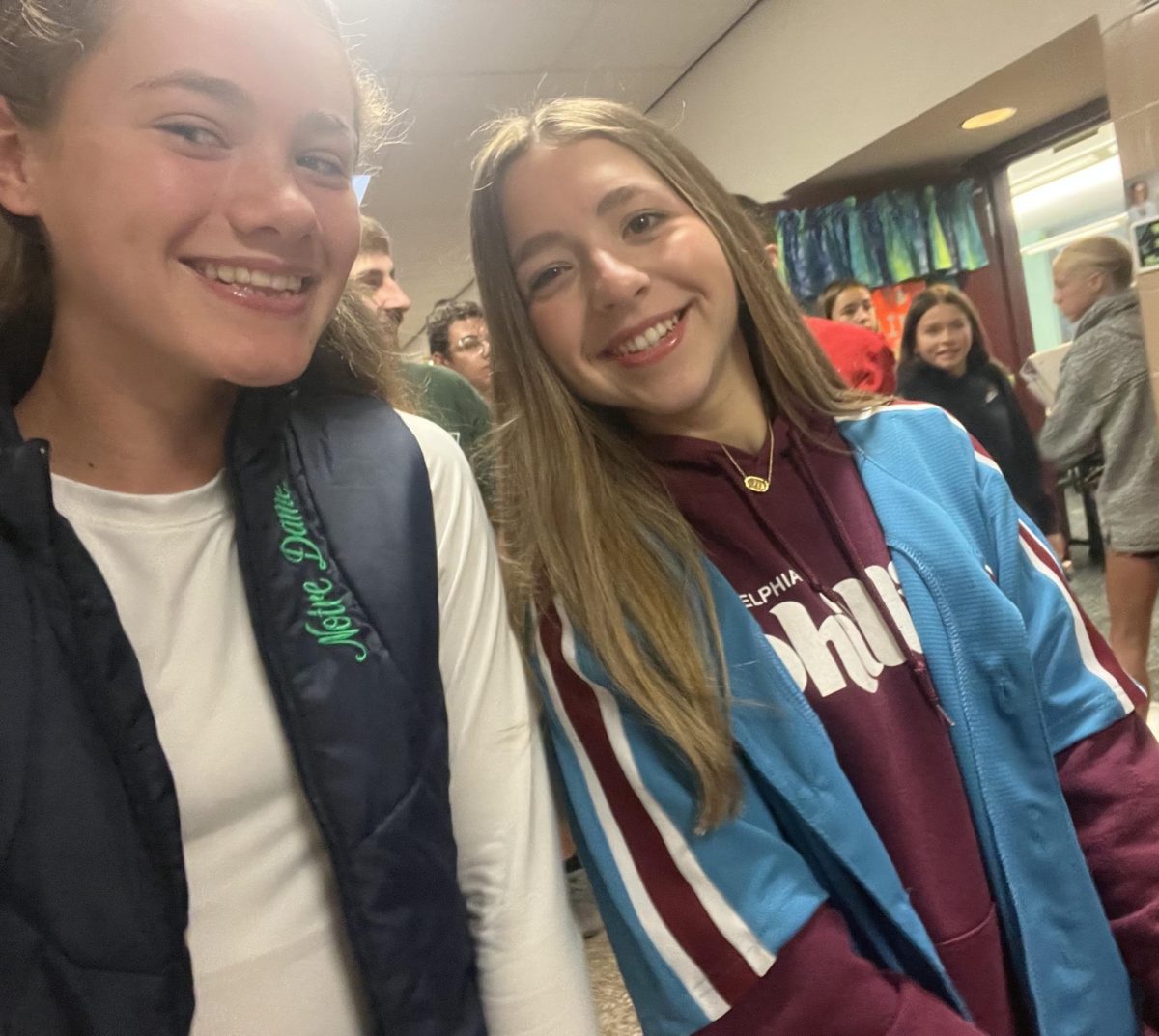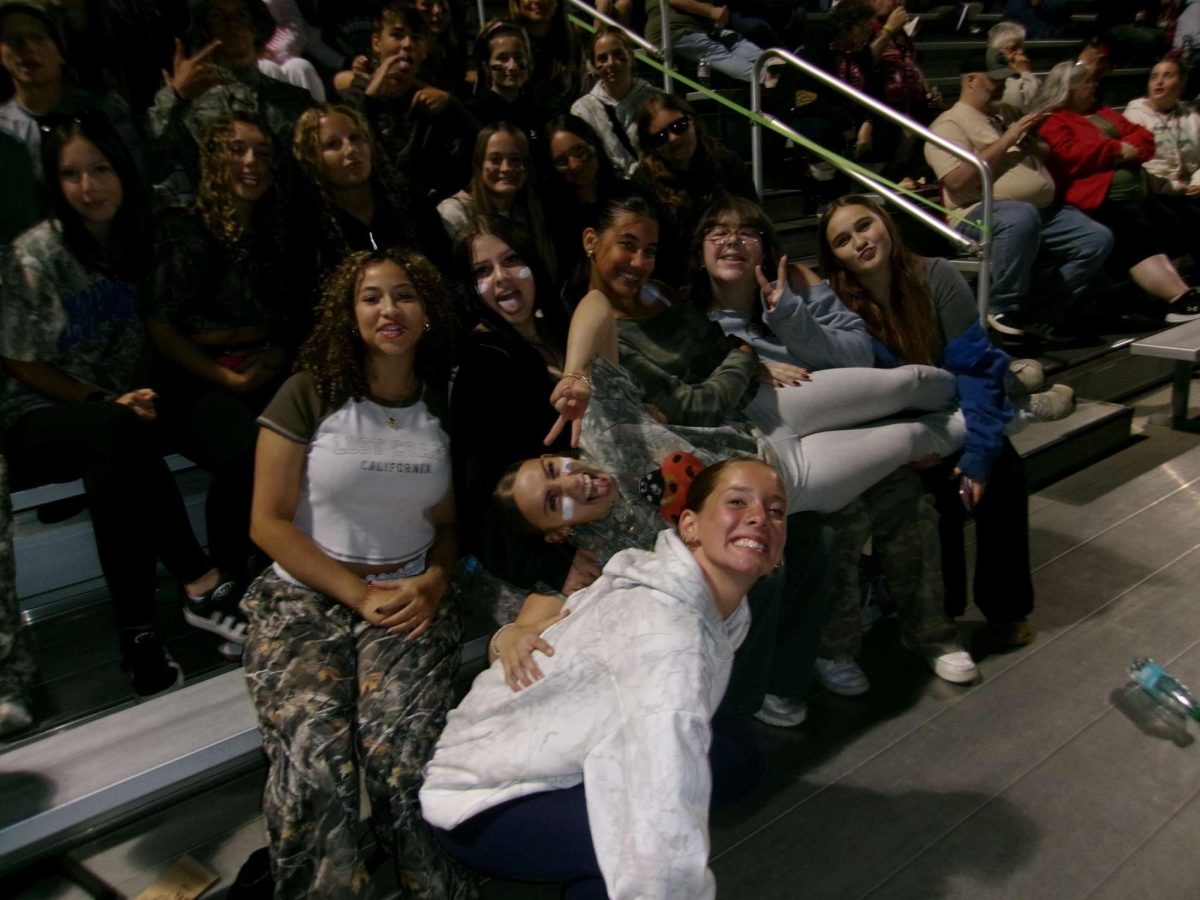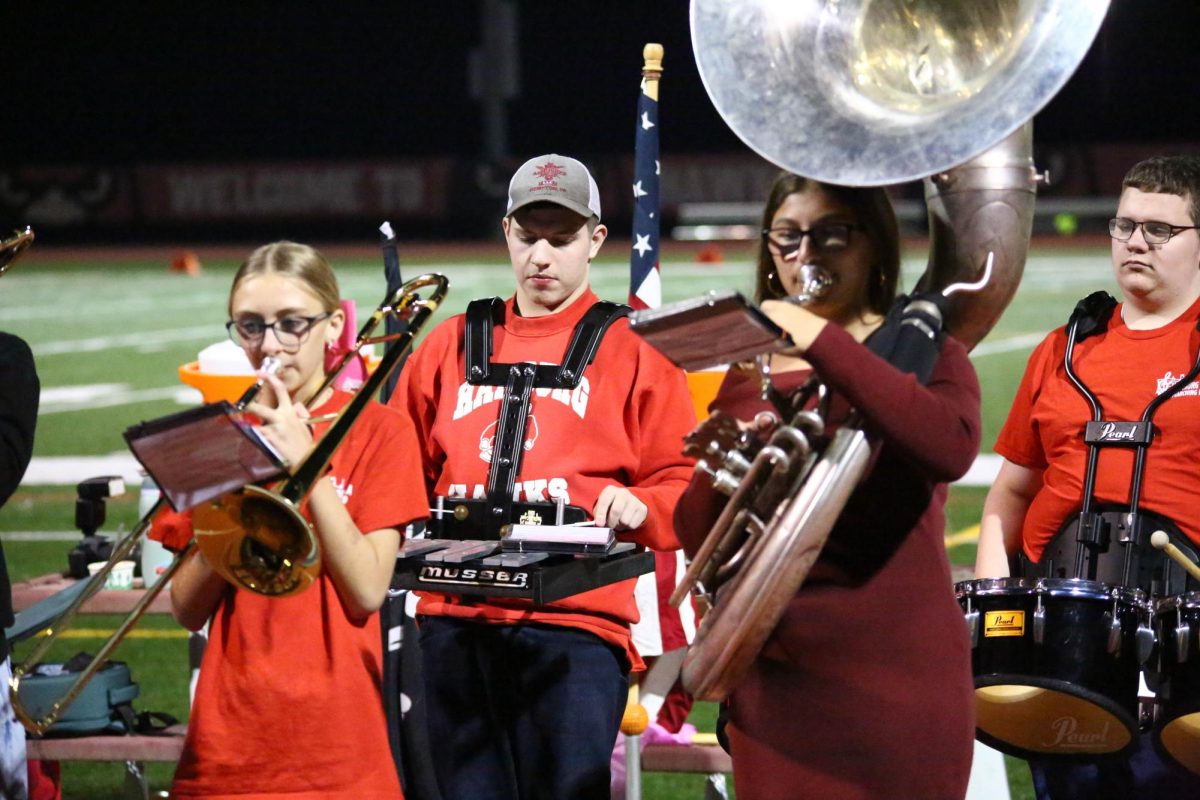Classroom Pets provide real-life learning
October 12, 2022
The first time seeing reptiles, amphibians, and animals in a classroom were in grades two and three. They were unique and entertaining to watch. It could make other students love science. Most of the animals were either frogs, corn snakes, lizards, iguanas, or dwarf frogs. Everyone’s favorite was mostly the frogs since they were more interactive. Even though reptiles, amphibians, and other animals are unique and fun, they can lead up to safety hazards.
Teachers use pets only as classroom tools, not to properly take care of them. Some reptiles and amphibians rely on extensive needs, and sometimes they do not get that. These creatures can introduce allergens that can pass on to other students, and they can affect students with asthma and allergies. These creatures’ behaviors also increase the risk of them being neglected or abused more.
Animals need the proper environment to live in, which can be costly. For example, they would need to be in an area with a certain amount of humidity, certain temperatures, and lighting, as well as what they need to eat. Buying all of these things can be hundreds of dollars.
There are not all bad things with having these creatures. They could be a great tool for students and give students the desire to learn or have a career with them, such as a zoo or wildlife rehab center. Interacting with them can give a visual learning experience. Being around animals can bring comfort to others, so maybe more animals and reptiles can be a consideration for HAHS in the future. For more information, go to https://www.peta.org/teachkind/humane-classroom/reptiles-amphibians-classroom-pets/



